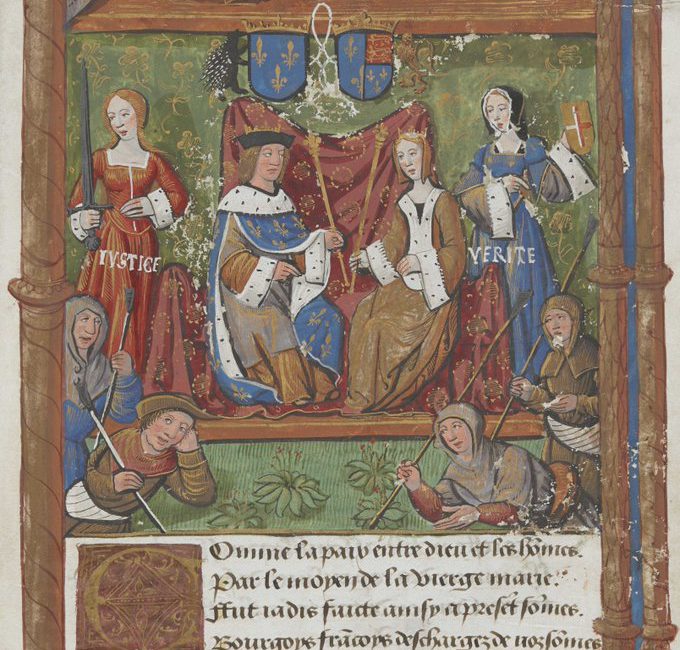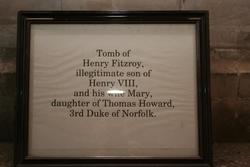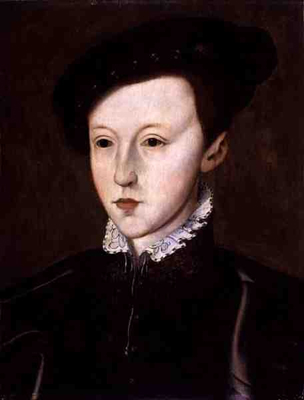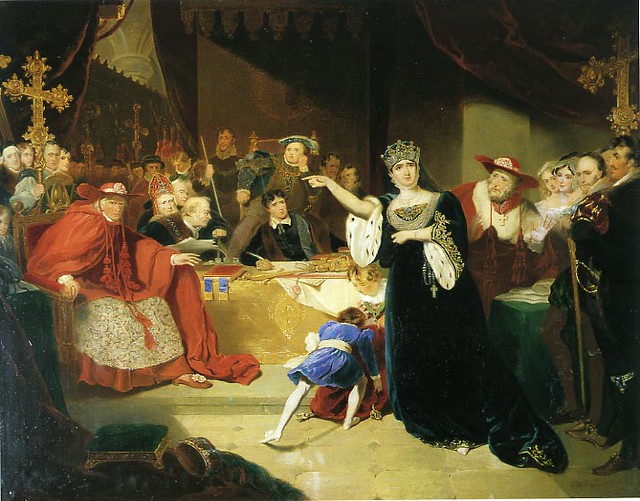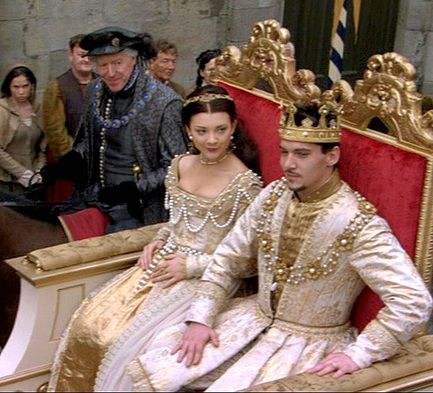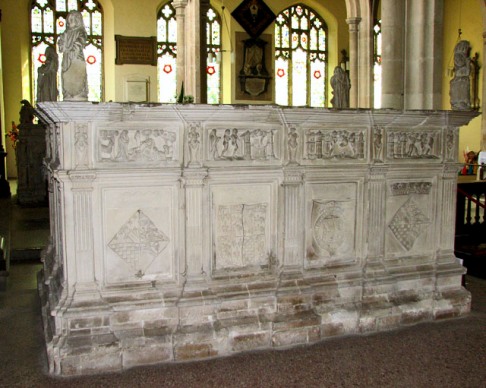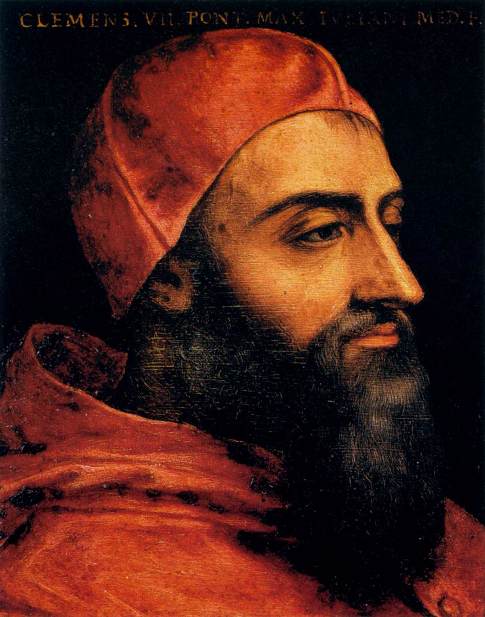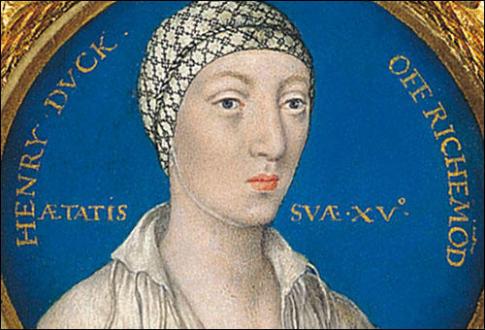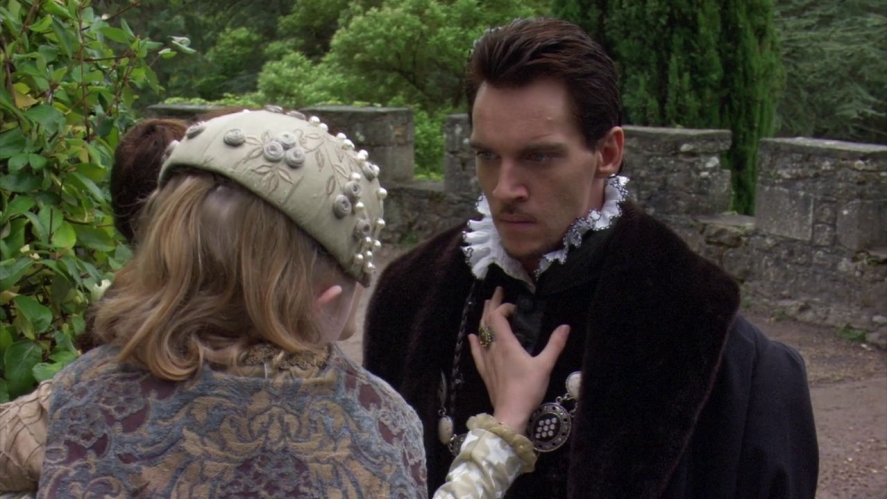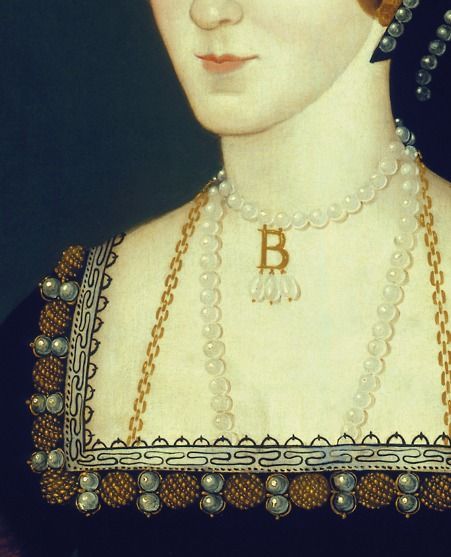On the 13th of August 1514, Princess Mary Tudor was married to King Louis XII of France by proxy at Greenwich Palace. A young and beautiful maid became the wife of an ailing and old monarch! Mary was eighteen, while Louis was fifty-two! However, the age difference did not matter...
Young Henry FitzRoy’s death: tinged in selfish and painful hues for King Henry VIII
On the 22nd or 23rd of July 1536, Henry FitzRoy, Duke of Richmond and Somerset, died at St James’s Palace in London. Although Henry VIII took enough mistresses in his date, he had only one acknowledged illegitimate son – Henry FitzRoy, whose mother was his mistress, Lady Elizabeth Blount. As...
What of King Edward VI had not died so young?
On the 6th of July 1553, King Edward VI died at Greenwich Palace. The only surviving son of Henry VIII and his third wife, Jane Seymour, he breathed his last at the age of fifteen, dying from consumption. John Foxe’s account of his death states that Edward’s last words were:...
A royal speech pulling at your heartstrings
On the 21st of June 1529, Catherine of Aragon spoke her famous speech at the Legatine Court at Blackfriars. After years of Henry VIII’s unsuccessful attempts to annul his union with Catherine, Cardinal Wolsey convened an ecclesiastical court in England with a representative of the Pope presiding – Cardinal Campeggio. ...
Henry VIII’s marriage to Catherine of Aragon
Today is another anniversary of Henry VIII’s marriage to Catherine of Aragon. Henry married his brother’s widow nearly six years after they had originally been betrothed, and almost 7 years after Prince Arthur’s death. The wedding took place in a private ceremony in the queen’s closet at Greenwich Palace, and...
Poems of Anne Boleyn’s feelings before and after her coronation
During the coronation procession as Anne sees the people’s gloomy faces What shall this day bring to me, June? A brilliance with every summer hue: The cloud-white dream of happiness, Shot with the primrose sunshine through… Or shall my coronation bring me pain, People do not want me, their stillness...
A Tudor Tragedy: death of Little Prince Hal
On the 22nd of February, 1511, Henry VIII and his first wife, Catherine of Aragon, experienced a devastating loss. Their infant son – Henry, Duke of Cornwall – died, suddenly and expectedly, at the age of only fifty-two days at Richmond Palace. The cause of his death was not recorded....
The Shrovetide joust: ‘Declare I dare not’
In 1526, Shrove Tuesday (the 7th of February) was celebrated with a traditional solemn joust at Greenwich Palace. Jousting was one of Henry's favorite sports. The Shrovetide joust was a special event for Anne Boleyn and King Henry VIII, as the English monarch’s motto tentatively reflected that he had found...
Death of Henry FitzRoy
On the 22nd of July 1536, Henry FitzRoy, the Duke of Richmond and Somerset, who was the only acknowledged illegitimate son of Henry VIII and his mistress, Elizabeth Blount, died at St James’s Palace. Born on the 15th of June 1519, he turned only seventeen over a month before his...
Catherine Parr’s unwanted wedding to Henry VIII
On this day in history, the 12th of July 1543, Henry VIII married Catherine Parr, widow of Sir Edward Burgh and Sir John Neville, Baron Latimer of Snape. The wedding took place in the queen’s closet at Hampton Court Palace. Sometime in the spring of 1543, the aging ruler proposed...
The Pope Urges Henry VIII to abandon Anne Boleyn
On the 11th of July 1533, Pope Clement VII declared that Henry VIII’s marriage to Catherine of Aragon was valid and legal. Effectively, it meant that the King of England’s marriage to Anne Boleyn was declared null and void. This is the excerpt from Letters and Papers (the source is...
Henry FitzRoy: Henry VIII’s “illegitimate” heir to the throne
When King Henry VIII was alive, he might have considered naming Henry FitzRoy, his illegitimate son with Lady Elizabeth Blount, his successor even without legitimizing it. The fact that Henry VIII openly acknowledged his bastard and bestowed two dukedoms upon the boy doesn’t mean that the king wanted to legitimize...
A fatal love triangle: King Henry VIII, Anne Boleyn, and Jane Seymour (part 3)
the link to part 2 of the series “A fatal love triangle: King Henry VIII, Anne Boleyn, and Jane Seymour” is here The drama continued on the traditional May Day joust at Greenwich Palace. Queen Anne was aware that something had gone wrong: King Henry attended extended council meetings, their trip...
A fatal love triangle: King Henry VIII, Anne Boleyn, and Jane Seymour (part 2)
the link to part 1 of the series “A fatal love triangle: King Henry VIII, Anne Boleyn, and Jane Seymour” is here The fatal love triangle of Henry VIII, Anne, and Jane Seymour was at the centre of the grisly murder of Queen Anne Boleyn. In April 1536, stormy clouds were...
A fatal love triangle: King Henry VIII, Anne Boleyn, and Jane Seymour (part 1)
In the first half of 1536, King Henry VIII, Anne Boleyn, and Jane Seymour were tangled in a fatal love triangle, which in the end resulted in the murder of the innocent anointed queen and the monarch’s third marriage soon after Anne's execution. Lady Jane Seymour, who was born in...

